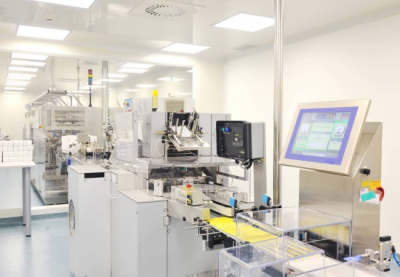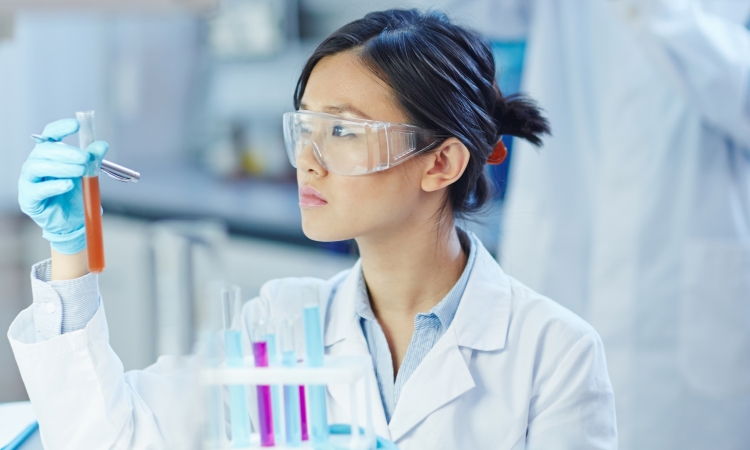A successful laboratory move requires meticulous planning and preparation well before moving day. Unlike a typical office move, lab relocations involve delicate equipment, sensitive materials, and potentially hazardous substances. The following guide outlines essential steps to ensure a smooth transition for your lab equipment to a new location.
Effective communication with movers
Effective communication throughout the entire process is paramount. Clearly outline your needs and expectations to your chosen moving company. Don’t hesitate to provide detailed information about your lab equipment, including any recent acquisitions that may not have been factored into the initial moving plan. Open communication avoids surprises and ensures the movers can adapt their strategy to accommodate any unforeseen changes.
Familiarize yourself with the new lab space
 Before moving day arrives, take a thorough tour of your new lab facility. This allows you to identify any shared equipment that might need to be coordinated with other research groups. Crucially, ensure the new space has the necessary mechanical, electrical, and plumbing infrastructure to support your existing equipment, especially when planning to transport lab equipment into the new environment. Overlooking a seemingly minor detail like the cord length of a refrigeration unit could have significant consequences for the integrity of your research samples.
Before moving day arrives, take a thorough tour of your new lab facility. This allows you to identify any shared equipment that might need to be coordinated with other research groups. Crucially, ensure the new space has the necessary mechanical, electrical, and plumbing infrastructure to support your existing equipment, especially when planning to transport lab equipment into the new environment. Overlooking a seemingly minor detail like the cord length of a refrigeration unit could have significant consequences for the integrity of your research samples.
Arrival at the new location
Despite careful planning, unforeseen circumstances can arise during the move. Having a knowledgeable point of contact onsite is vital to guide the moving team regarding rooms, locations, and equipment placements. This person can address any questions promptly, ensuring the movers can complete the transition of equipment into the designated areas.
Refrigerated equipment plays a critical role in many labs, housing essential research samples. Following the relocation, it is important to have a qualified team member to verify that each refrigerated unit is receiving power and sustaining the correct temperature. This crucial step ensures that the integrity of the valuable samples and materials are maintained.
Partnering with the right mover
Given the high value of lab equipment and materials, both financially and intellectually, it is important to ensure that your lab relocation partner meets several key criteria:
- Vetted and trained employees: Ensure that the moving company’s employees are thoroughly vetted, continually trained, and have undergone background checks.
- Ownership of equipment and facilities: The moving company should own its trucks, storage facilities, and equipment to ensure reliability and accountability.
- Financial stability: Choose a moving company that is financially strong and stable, guaranteeing long-term reliability.
- Flexibility: No two labs are exactly alike. The ideal moving company should be flexible and willing to develop a customized moving plan that caters to your specific needs and equipment.
A team effort
A successful lab relocation requires collaboration between your research team, the moving company, and potentially facility management at the new location. By clearly communicating your needs and expectations to all involved parties, you can ensure a smooth transition and minimize disruption to your ongoing research activities.
Remember, a well-planned and executed lab move is an investment in the future of your research endeavors. By following these essential tips, you can minimize the stress associated with relocation and ensure your valuable equipment and research materials arrive at their new home safely and securely.


